

Max Davies
2026 GWM Cannon Ultra review
6 Days Ago
The rideshare firm has published a paper explaining its outsized role in making electric vehicles more popular in Australia

Senior Contributor


Senior Contributor
The head of Uber in Australia claims the company has a substantial part to play in getting more electric vehicles (EVs) onto local roads, and is willing to lose money on rides to do so.
The rideshare company says its drivers have more scope to reduce their environmental impact, because they drive high-mileage and act as technology ambassadors to their customers.
MORE: Australia’s huge electric car order from Uber fleet partner Splend
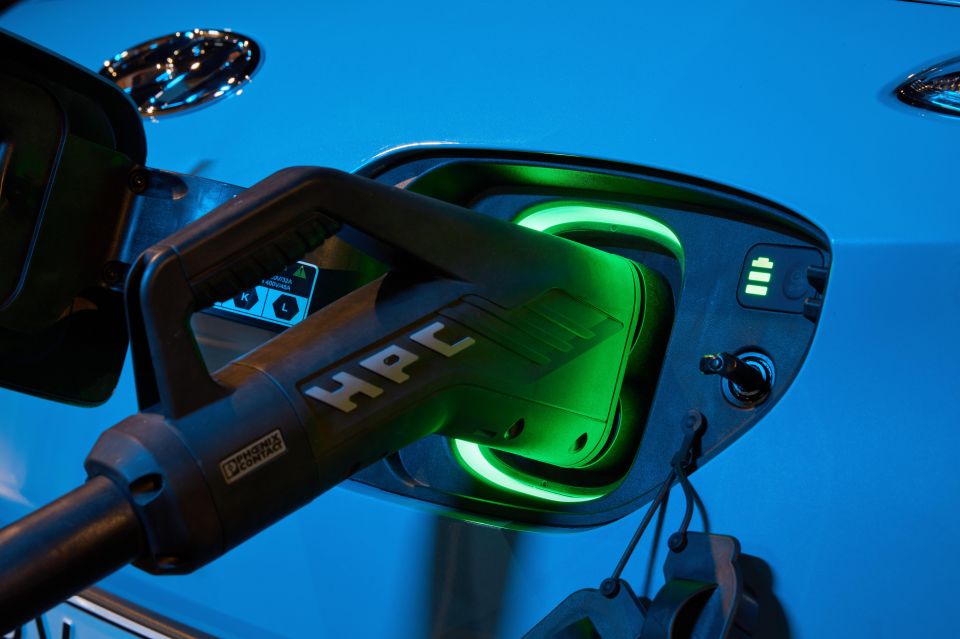
Surveys of its ‘driver-partners’ also found some 57 per cent wanted to switch to an EV inside the next five years due to their lower running costs and their potential to cut emissions – if it could be made cost-effective.
“At Uber, we believe we can have an outsized impact in accelerating the transition to zero emission transport by increasing the electric kilometres driven on our mobility platform sooner rather than later,” said Uber general manager for Australia and New Zealand Dom Taylor.
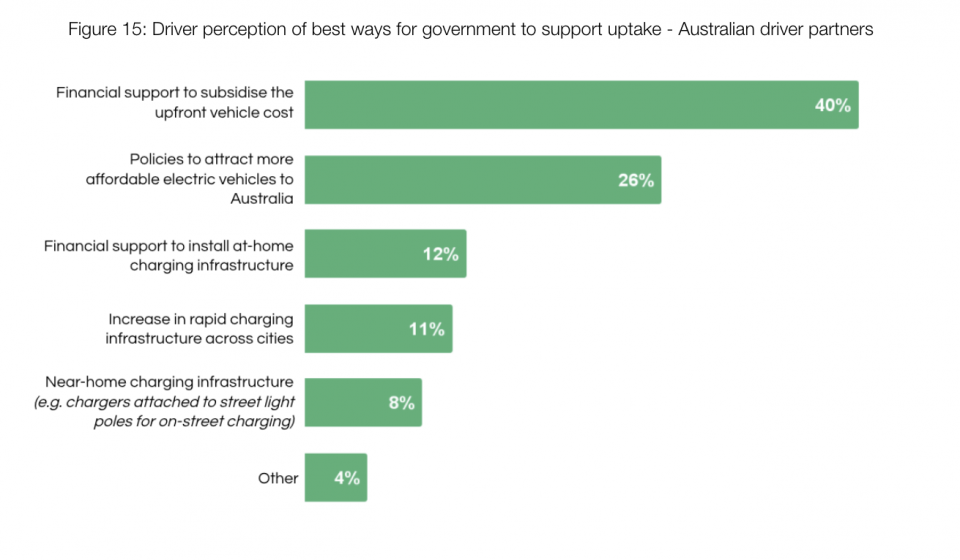
“That’s because when rideshare drivers switch to electric vehicles, they realise three to four times greater emissions savings compared to average car owners – because rideshare drivers use their vehicles more frequently.
“We can also play a role in improving consumer awareness and understanding of electric vehicle technology… One electric vehicle on the Uber platform can help 100 riders a month on average get from A to B.
“Drivers with electric vehicles tell us that riders often ask them questions about vehicle performance and range anxiety, and at the end of those trips their passengers leave with a greater understanding.”
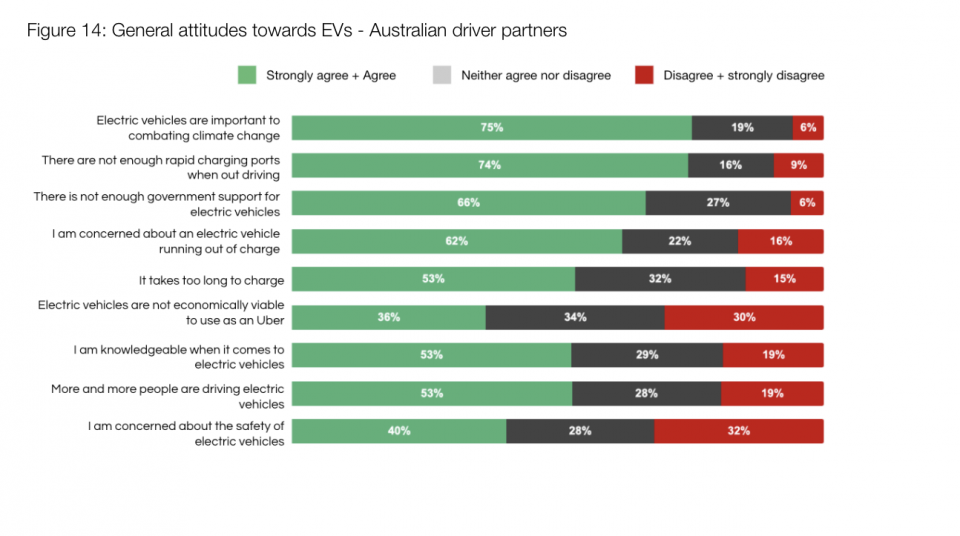
To this end Uber says it has halved the service fees it charges drivers if they switch to an EV before June 30 2022.
“This means Uber will lose money on every one of those trips – but we believe the benefits will be worth it,” added Mr Taylor.
Australia’s take-up of EVs is low, grabbing market share of about 1.6 per cent compared to around 11 per cent in the UK and 75 per cent for Norway.
The absence of a federal emissions scheme, a patchwork of State-led incentives, limited infrastructure, and a dearth of affordable EV options all contribute to the issue, according to most industry analysts.
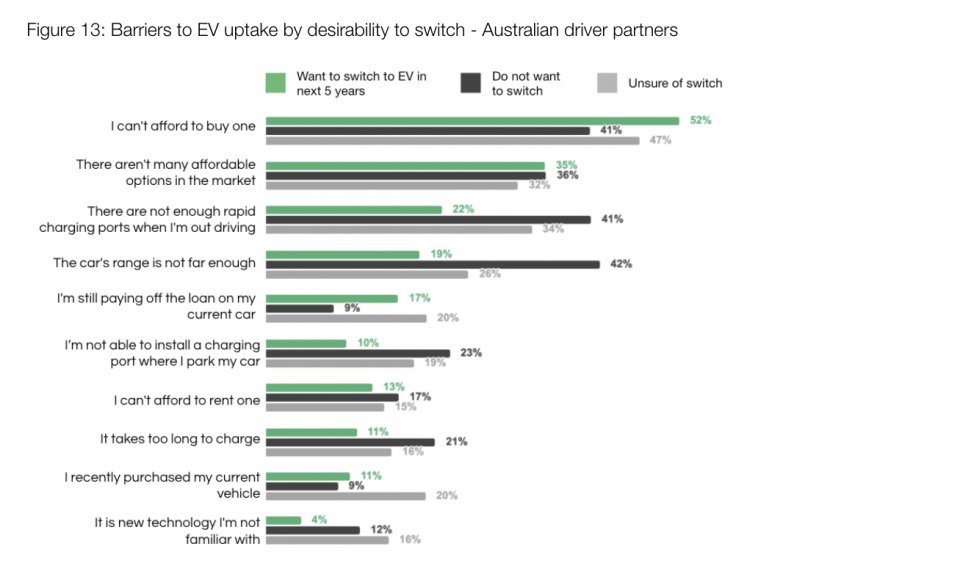
Uber published a policy paper this week crunching the numbers on its EV stance and said it identified barriers stopping more drivers switching. It also made four broad recommendations:
The graph below shows Uber’s calculations around total ownership cost over five years as a permanent rideshare driver doing 38 hour weeks for 48 weeks a year. It shows how hybrids are still the most cost-effective choice.
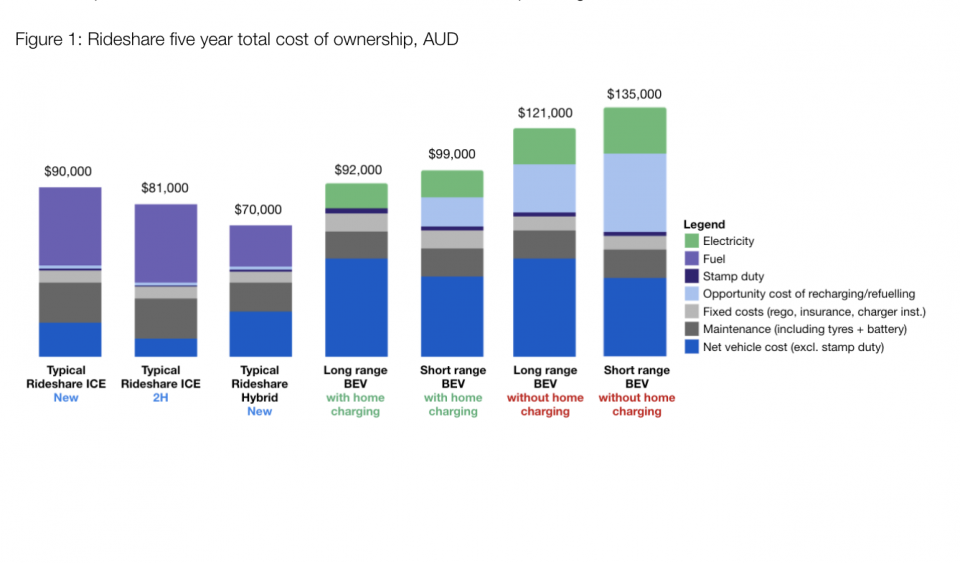
Below you will find a list of useful information regarding things you need to know about electric cars.


Max Davies
6 Days Ago


Josh Nevett
4 Days Ago


Max Davies
4 Days Ago


Max Davies
3 Days Ago


Neil Briscoe
2 Days Ago


Max Davies
1 Day Ago